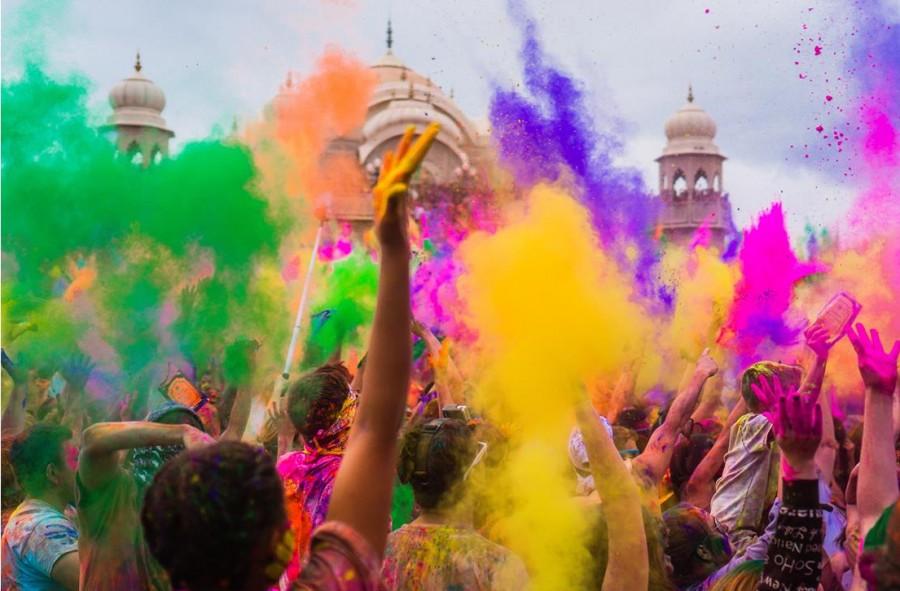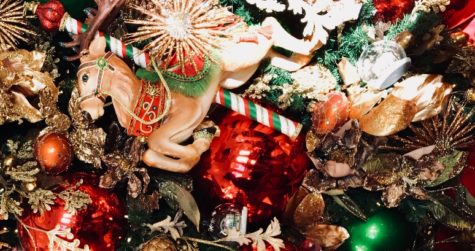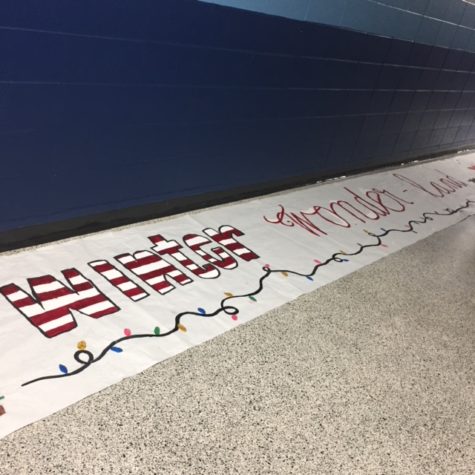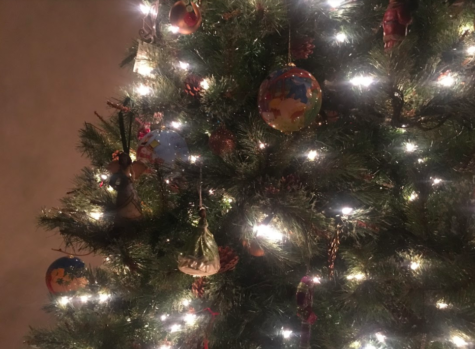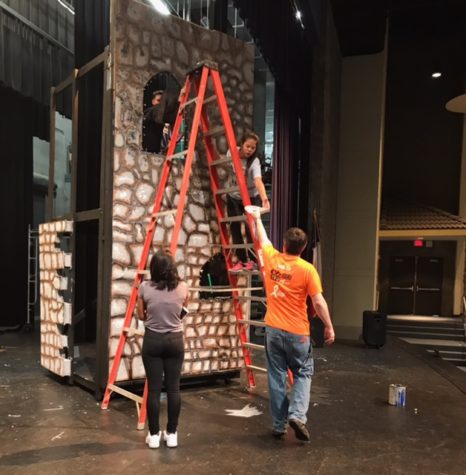Holi Cow
March 1, 2016
Holi is a spring festival, also known as the festival of colors. It is an ancient Hindu festival, primarily celebrates in parts of South Asia such as India, Nepal, and any other place where there is an abundance of Hindus. Recently, Holi has become popular among non-Hindus and is celebrated in parts of North America and Europe where people of Indian descent can be found. It is known as festival of spreading love, happiness, and colors.
Typically, the Holi celebration starts the night before the actually festival with a bonfire known as Holika. This is a time where people dance, play, party, and just enjoy their time with their friends and families. The next day is the festival of colors where people color each other with dry powder and colored water. Many kids carry around water guns and spray their friends. On this day, nobody is safe from the color. Holi is celebrated on the approach of the vernal equinox and the full moon. The date changes every year, depending on the Hindu calendar, but is usually occurs in March.
There is a Hindu legend as to why Holi is celebrated as the festival of colors. This holiday symbolizes the conquering of good over evil, and this legend explains how this happened. The original word “Holi” comes from the word “Holika”, the evil sister of the demon king Hiranyakashipu. According to the legend the king received boon, which made him virtually indestructible. Because of this, he became very arrogant and believed that he was a God, forcing everyone to worship only him. However, his son, Prahlada, disagreed with his father and remained devoted to the Hindu god, Vishnu. This made Hiranyakashipu furious, and he subjected his son to cruel punishments, but this did not make Prahlada waver from his devotion to Lord Vishnu. Finally, Holika, the king’s evil sister, tricked Prahlada into sitting on a pyre with her. She was wearing a cloak that made her immune to fire, while he was not. However, as the fire roared on, the cloak flew from Holika and covered Prahlada. Because of this Holika burned to death while Prahlada was saved. When King Hiranykashipu learned of his sister’s death, he attempted to kill his son, but then Lord Vishnu appeared as an avatar and killed the king. The bonfire that is burned the day before Holi symbolizes the victory of good over evil, of Prahlada over Hiranyakashipu, and of the fire that burned Holika. The next day after the fire that killed Holika cooled down; people applied the ashes to their foreheads, a practice still observed by some people. Eventually people started using colored powder to celebrate Holi.
Holi signifies the end of winter and the arrival of spring, it is a festive occasion where people can meet others, play, dance, and sing with their loved ones, and repair broken relationships. It is celebrated as sort of a Hindu thanksgiving in hopes for a good harvest. It is also a festival of forgiveness and new starts, and aims to generate harmony in society.

